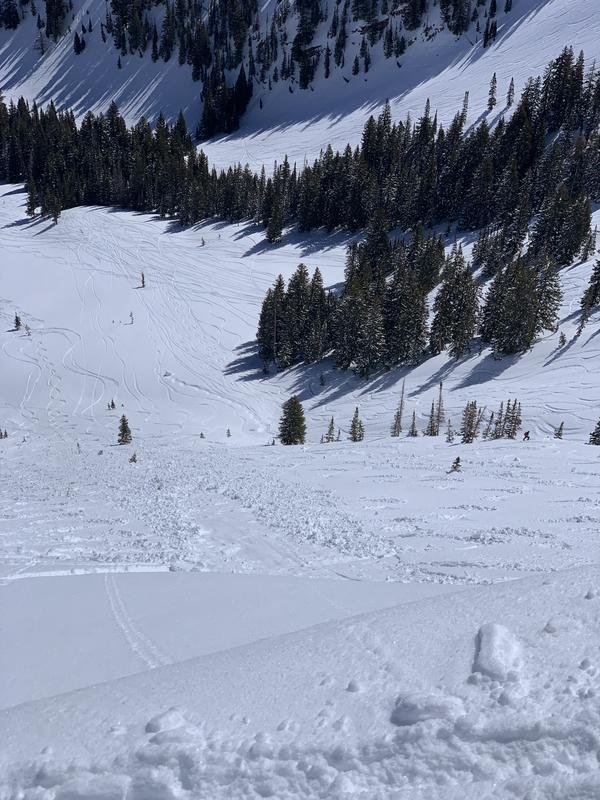Forecast for the Provo Area Mountains

Issued by Nikki Champion on
Thursday morning, April 11, 2024
Thursday morning, April 11, 2024
The overall avalanche danger is LOW this morning but will rise to MODERATE on the southern end of the compass and some low-elevation northerlies as the day warms up.
Pay attention to changing conditions and avoid being on steep solar aspects if the snow has become wet and unsupportable. Steer clear of being on or under large overhanging cornices, which may break back further than expected and may also trigger an avalanche below.

Low
Moderate
Considerable
High
Extreme
Learn how to read the forecast here









